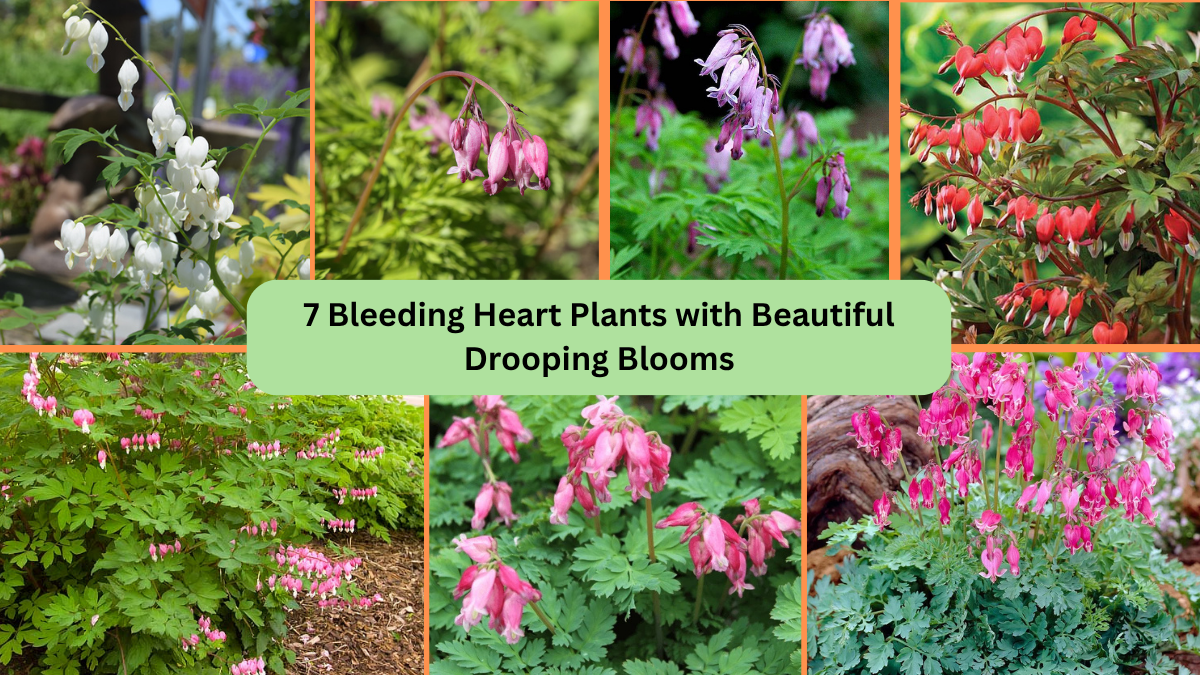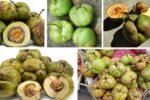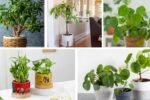If you’re searching for a plant that adds romance, whimsy, and old-fashioned elegance to your garden, look no further than Bleeding Hearts. Known for their heart-shaped flowers that delicately dangle from arching stems, these plants are a classic favorite in shade gardens and cottage landscapes. Most commonly found in shades of pink, white, or red, Bleeding Heart varieties offer a range of unique features and growth habits. Here are seven beautiful Bleeding Heart plants to brighten up your garden with their graceful blooms.

1. Dicentra spectabilis (Old-Fashioned Bleeding Heart)
The most iconic of all, Dicentra spectabilis, or Old-Fashioned Bleeding Heart, is beloved for its classic, heart-shaped pink flowers with a white teardrop that dangle along graceful arching stems. It blooms in late spring and thrives in cool, shaded spots with moist, rich soil. Growing up to 3 feet tall and wide, it adds a romantic touch to woodland gardens, shaded borders, and beneath tall trees. After blooming, the foliage often dies back in mid-summer, allowing other shade plants to fill in.
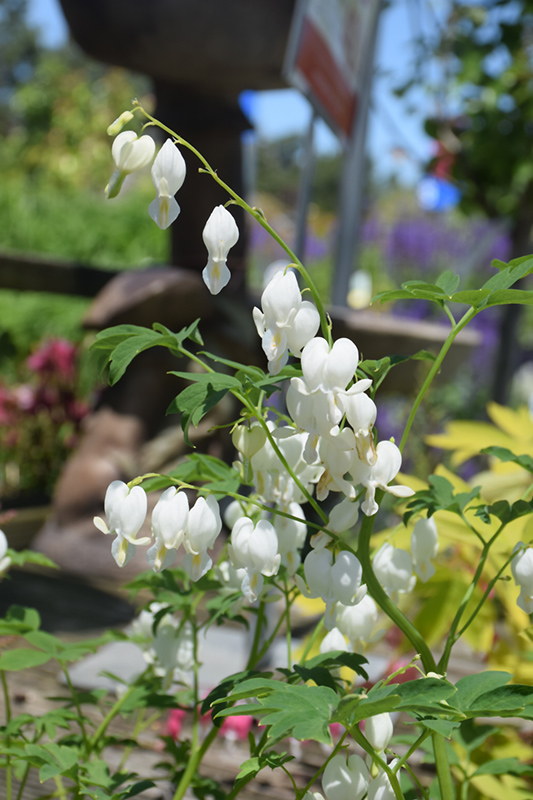
2. Dicentra spectabilis ‘Alba’ (White Bleeding Heart)
A charming variation of the classic, Dicentra spectabilis ‘Alba’ offers pure white heart-shaped flowers that glow beautifully in shaded garden corners. Its delicate blooms appear from mid to late spring and are paired with soft, fern-like foliage. Reaching up to 3 feet in height, this variety creates a serene and elegant atmosphere in moon gardens, white-themed borders, and shade beds. It pairs well with hostas and ferns and prefers well-draining, humus-rich soil to flourish.
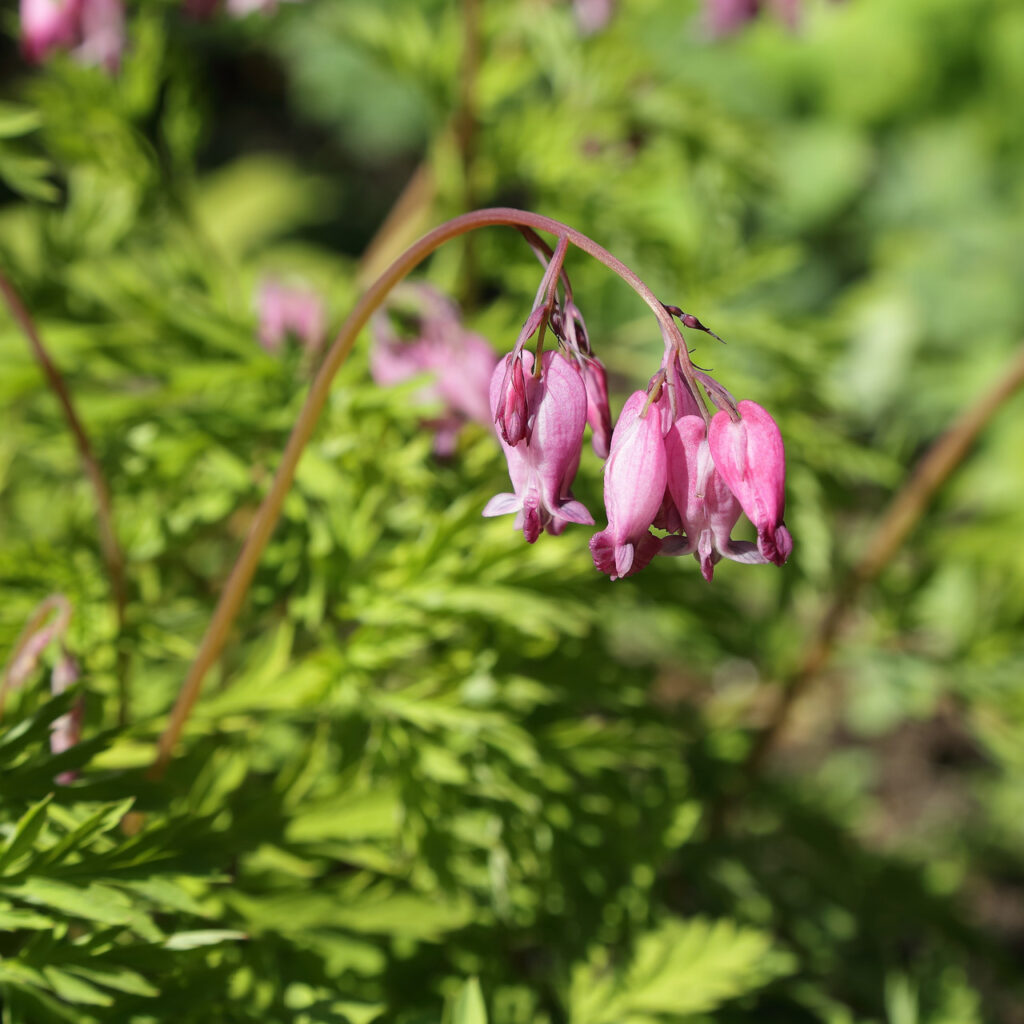
3. Dicentra formosa (Western Bleeding Heart)
Native to the Pacific Northwest, Dicentra formosa is a more compact species with clusters of soft pink or purplish flowers that bloom from late spring to early summer. Its finely cut, blue-green foliage adds texture and beauty even when the plant isn’t flowering. This hardy perennial is perfect for naturalized woodland gardens, shaded borders, and beneath shrubs. Unlike its Old-Fashioned cousin, it’s often semi-evergreen in mild climates and tolerates dry shade better once established.
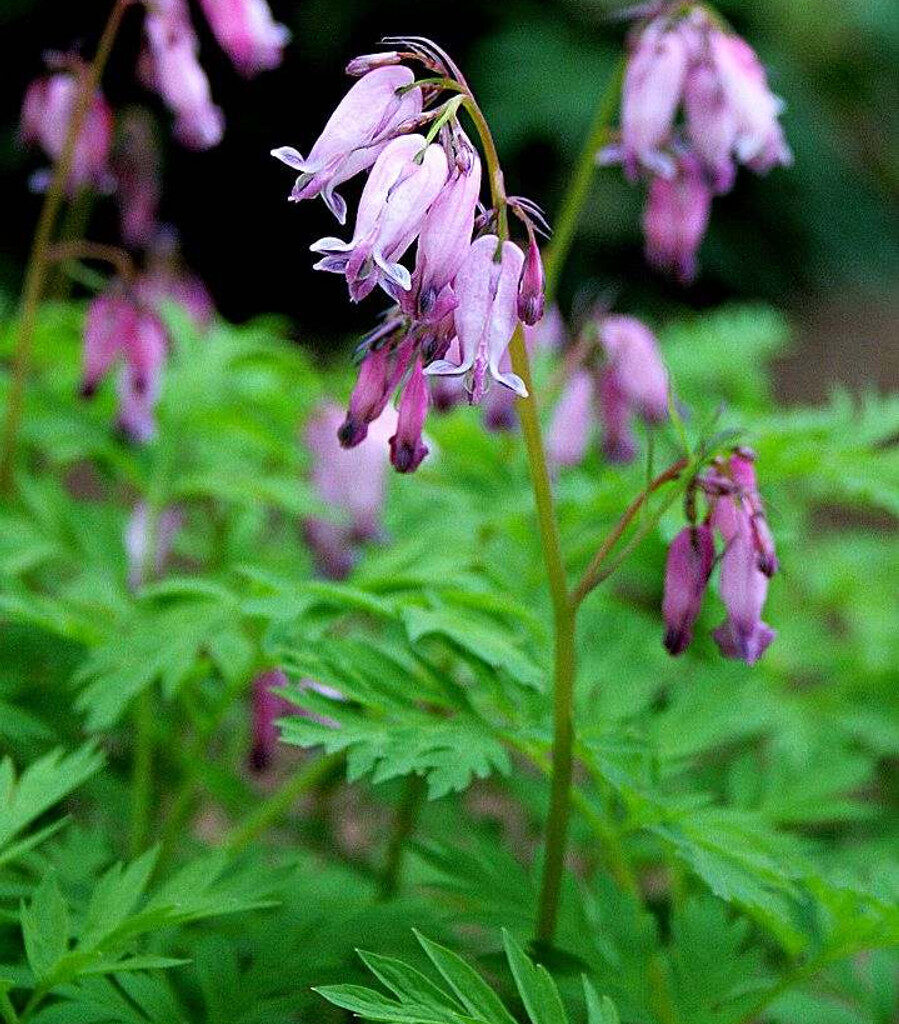
4. Dicentra eximia (Fringed Bleeding Heart)
Known for its longer-lasting blooms, Dicentra eximia, or Fringed Bleeding Heart, produces clusters of pink, tubular, heart-shaped flowers atop slender stems from late spring to fall. Its finely divided, fern-like gray-green foliage remains attractive throughout the growing season, making it an excellent option for continuous interest in shade gardens. Native to the eastern United States, it thrives in partial to full shade with consistently moist, well-drained soil. This species is smaller and denser, making it perfect for borders and containers.
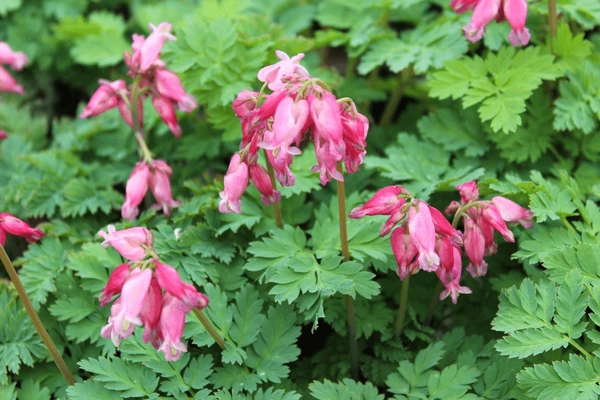
5. Dicentra ‘Luxuriant’
A standout hybrid, Dicentra ‘Luxuriant’ is prized for its abundant, deep pink blooms that appear from spring through fall. Its attractive, finely cut blue-green foliage remains lush and full for the entire growing season. This compact, clumping perennial reaches about 12-18 inches tall, making it ideal for smaller shade gardens, edging pathways, or container displays. It prefers moist, well-drained soil and benefits from regular deadheading to encourage continuous blooming. ‘Luxuriant’ is also deer and rabbit resistant — a bonus for many gardeners.

6. Dicentra ‘King of Hearts’
This striking variety of Fringed Bleeding Heart boasts bold, cherry-pink heart-shaped flowers contrasted against finely textured, silvery-blue foliage. Dicentra ‘King of Hearts’ is a long-blooming perennial that starts flowering in late spring and can continue well into fall in cool, shaded locations. Compact in size, it grows up to 12 inches tall and wide, making it perfect for containers, shady borders, and woodland paths. It thrives in consistently moist, rich soil and benefits from a layer of mulch to retain moisture.
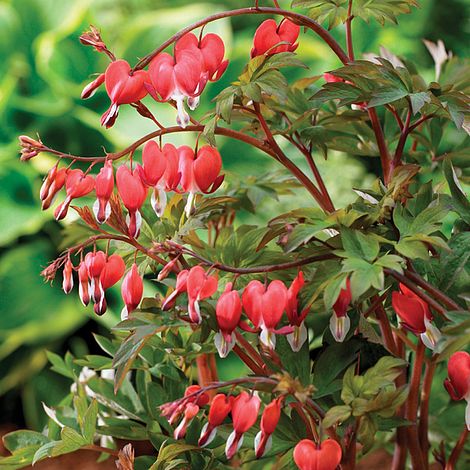
7. Lamprocapnos spectabilis ‘Valentine’
A dramatic twist on the Old-Fashioned Bleeding Heart, Lamprocapnos spectabilis ‘Valentine’ features stunning deep red heart-shaped flowers with white inner petals that dangle gracefully from arching stems. Its vibrant blooms appear from late spring to early summer and are complemented by fresh green foliage. Growing up to 3 feet tall, this plant makes a bold statement in shade gardens and pairs beautifully with hostas, ferns, and astilbes. Like its relatives, it prefers cool, moist, well-drained soil and partial to full shade.
Final Thoughts
Bleeding Heart plants are timeless garden favorites, admired for their unique drooping flowers and delicate foliage. Whether you prefer classic pink hearts, snowy white blooms, or vibrant reds, there’s a Bleeding Heart variety perfect for adding elegance and whimsy to your shady garden corners. Easy to grow, deer-resistant, and ideal for woodland settings, these seven Bleeding Heart plants offer both beauty and history, ensuring your garden feels enchanted from spring through fall.
